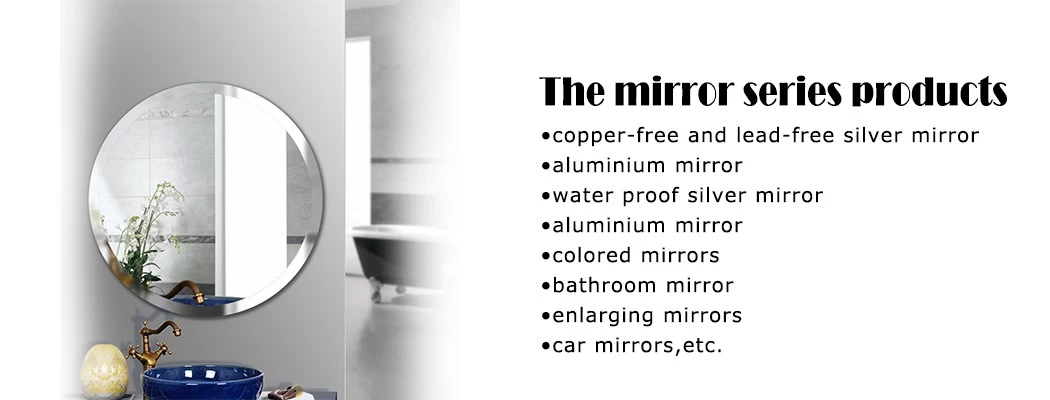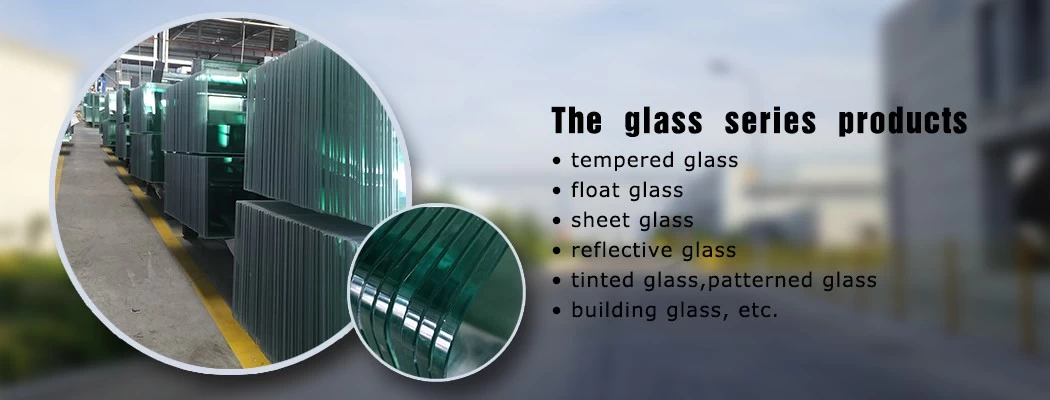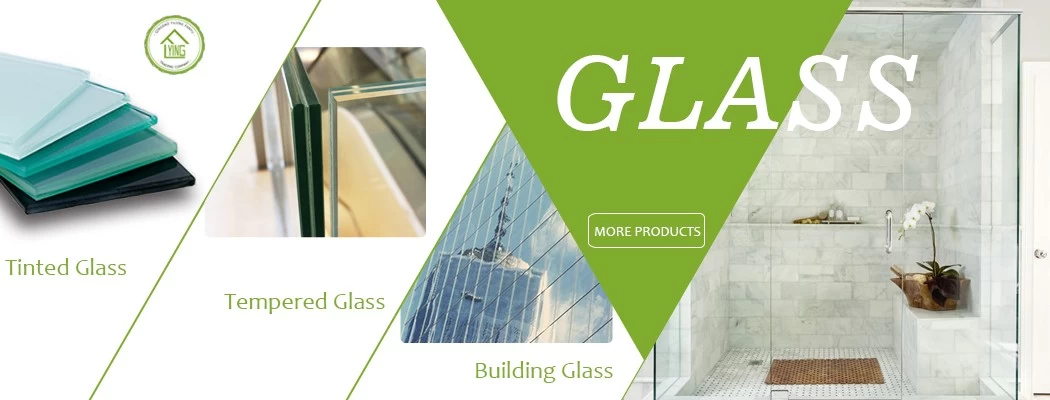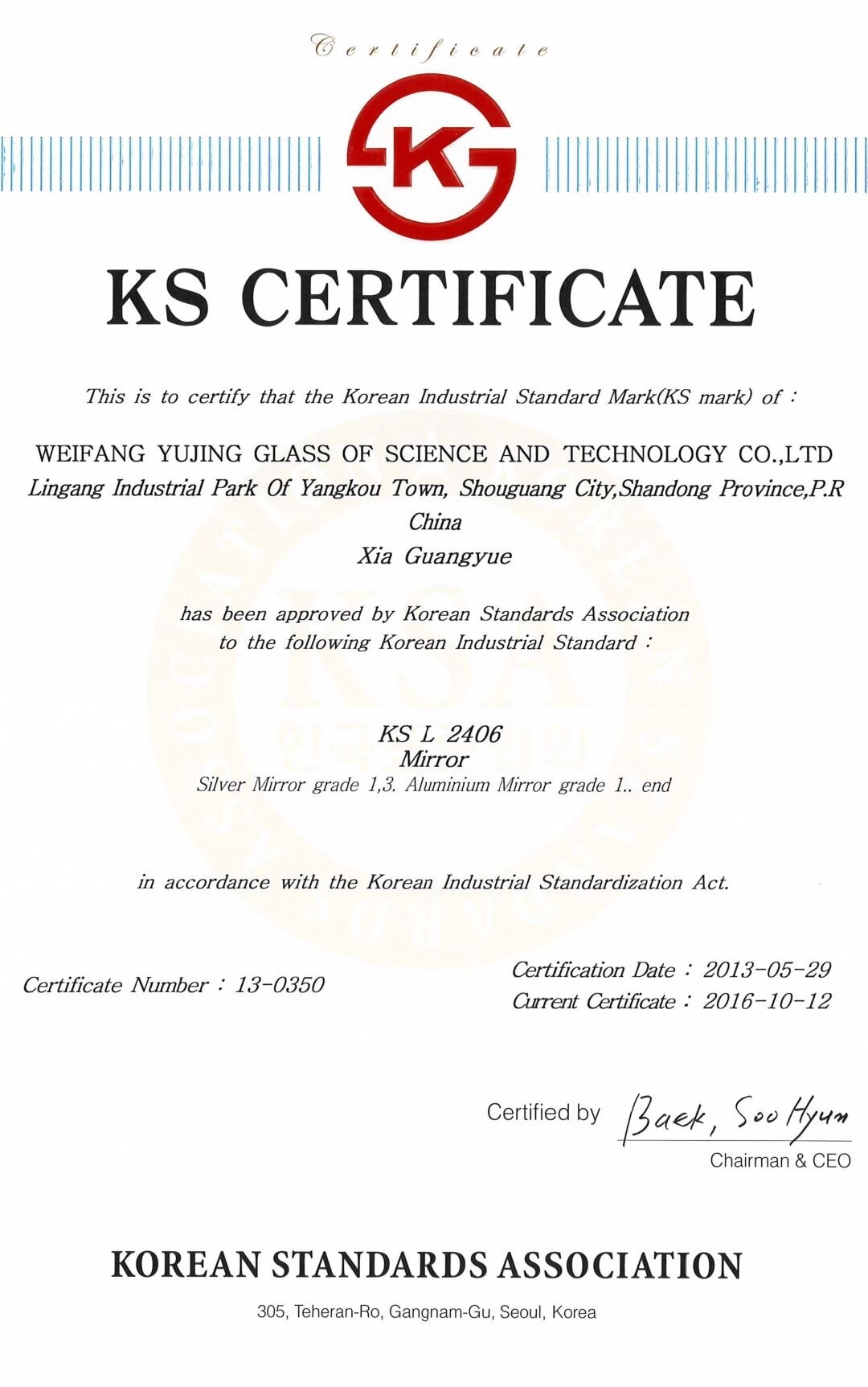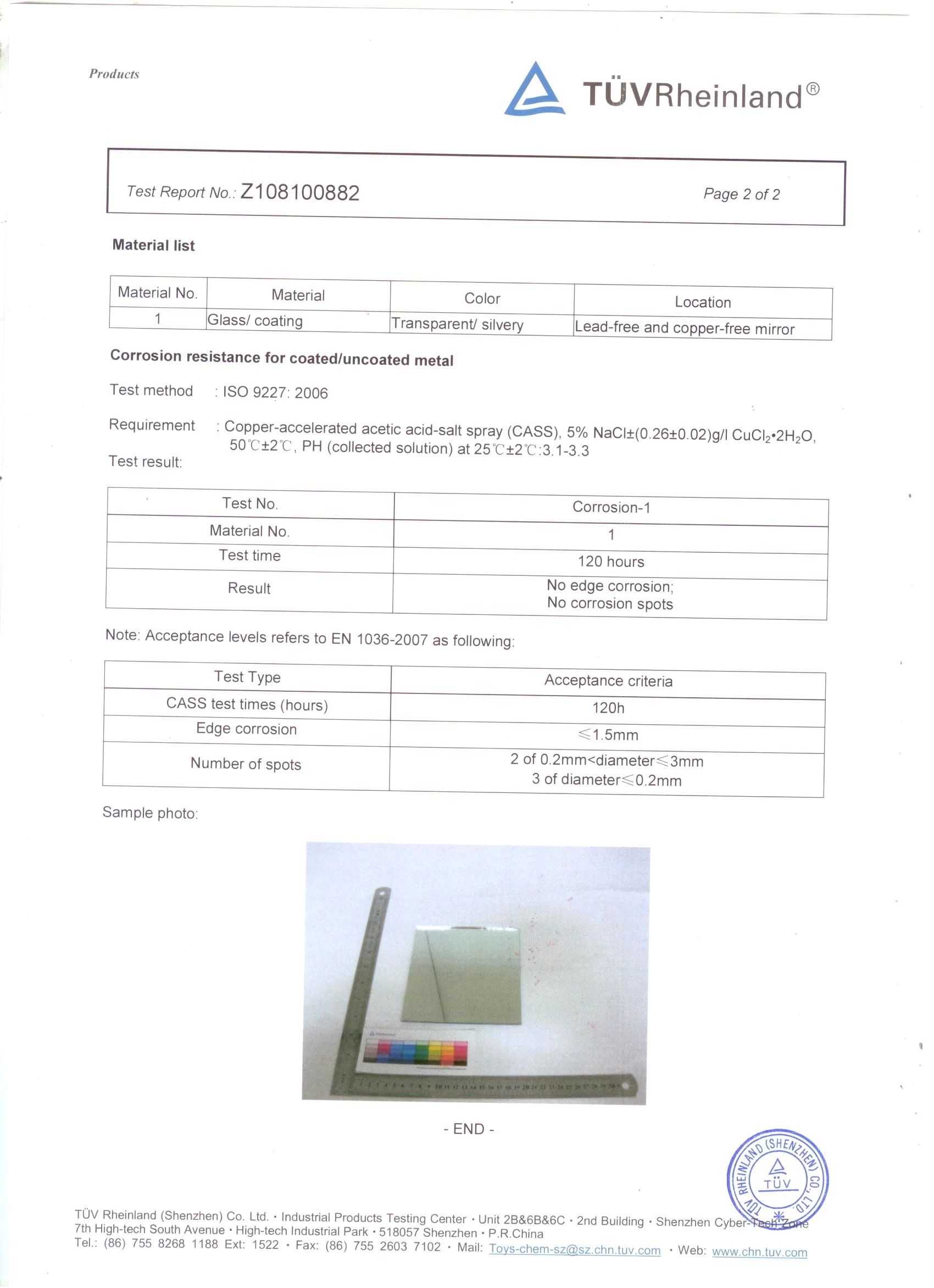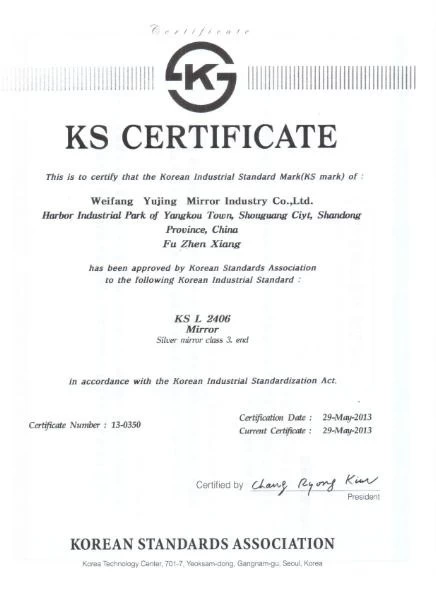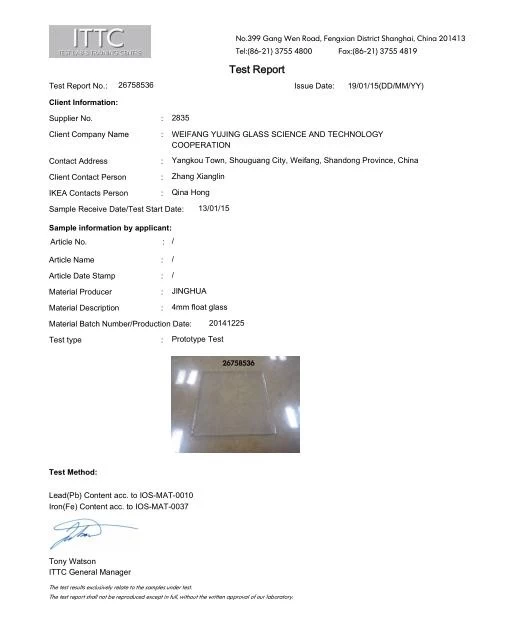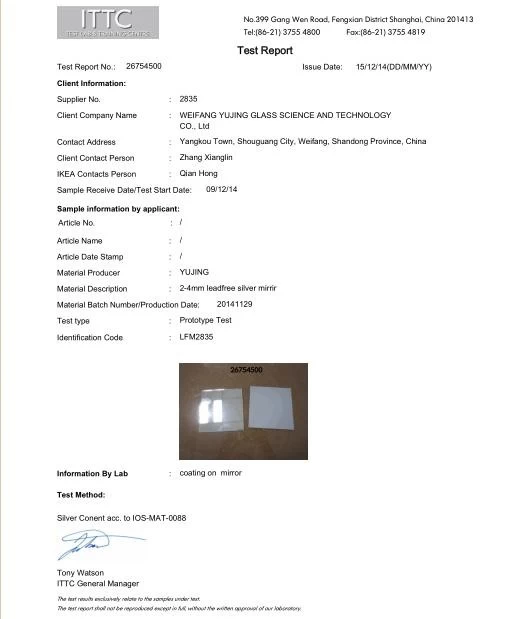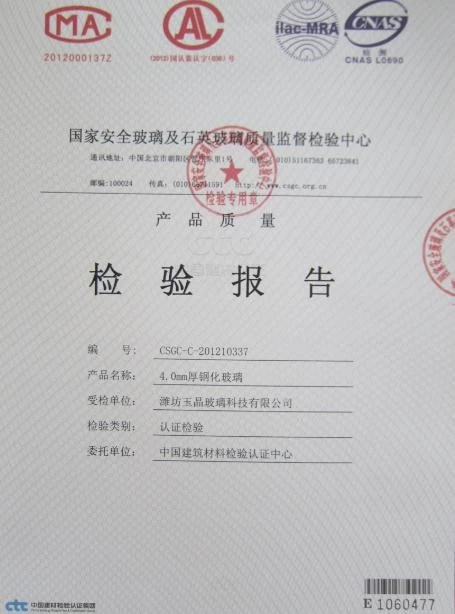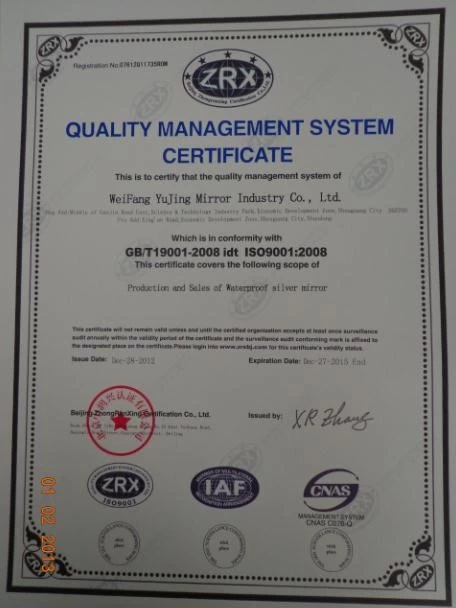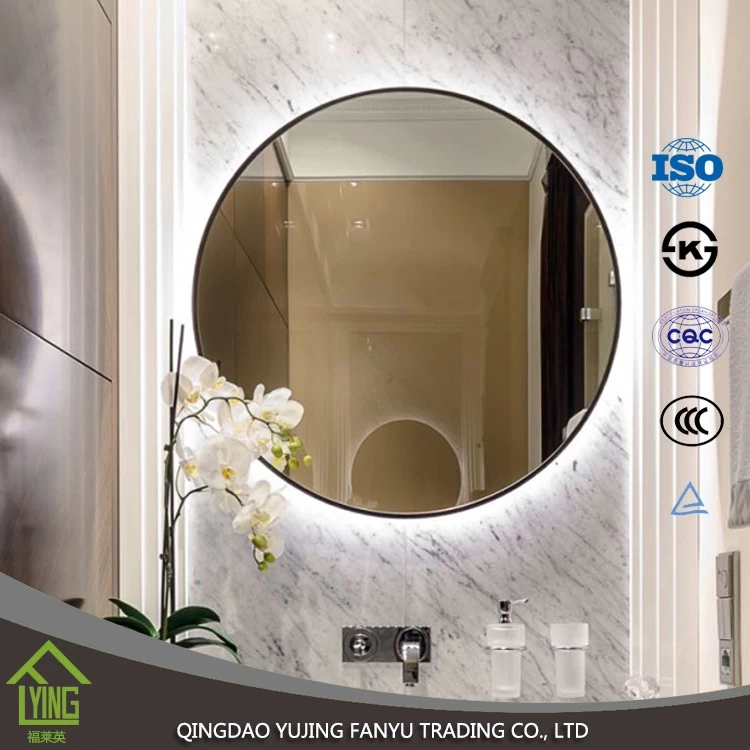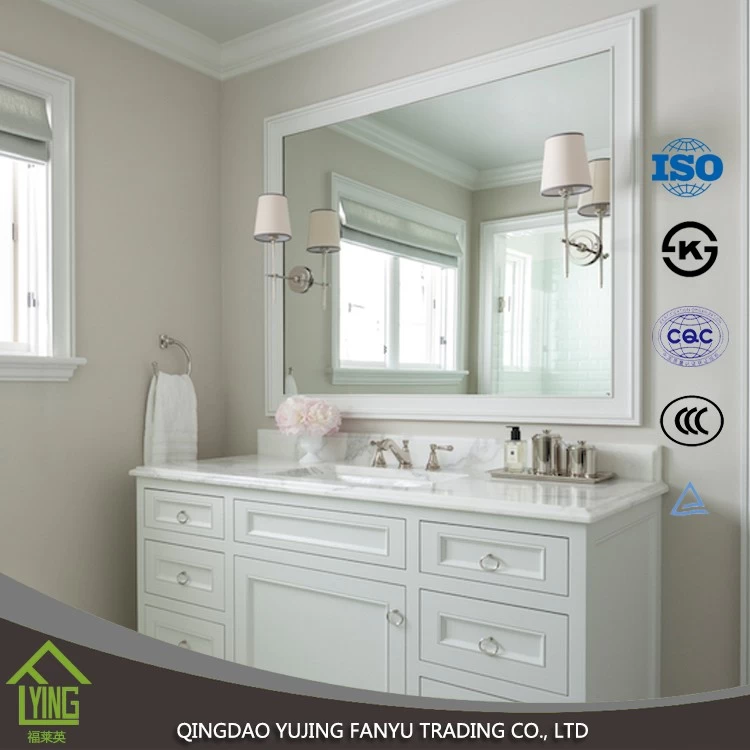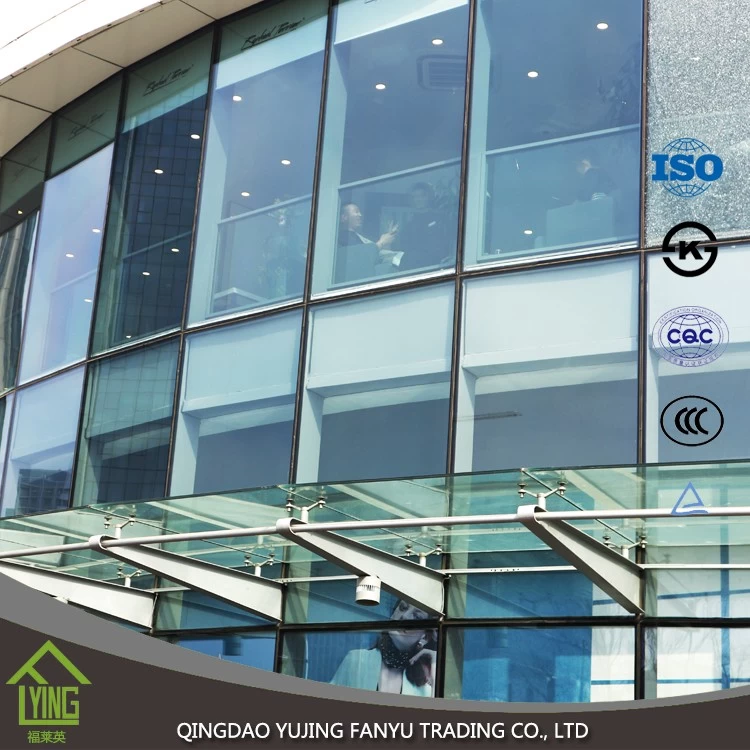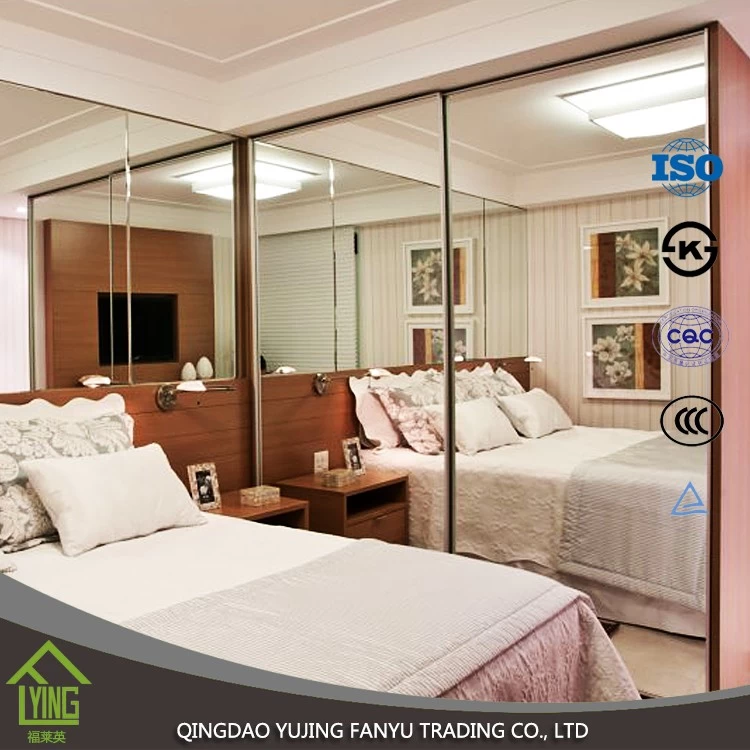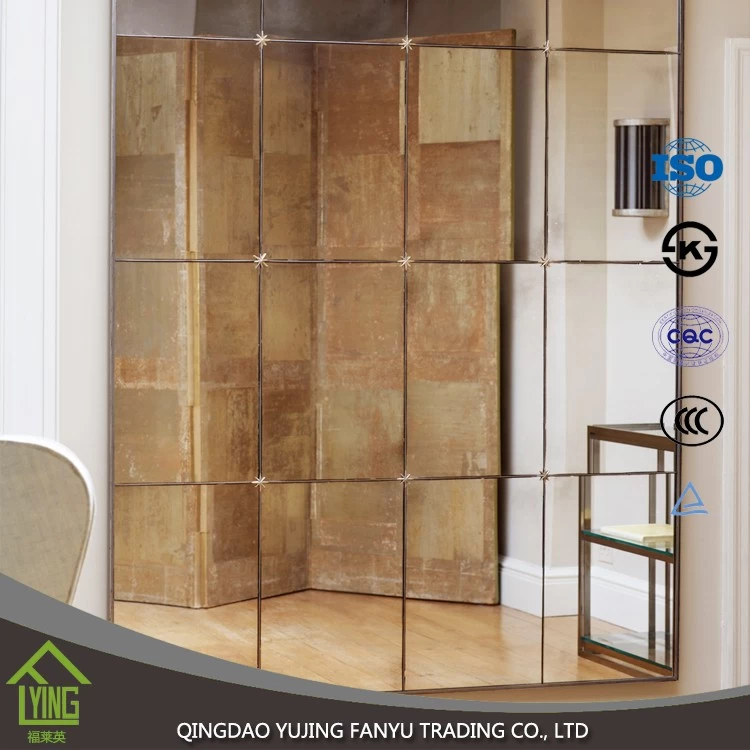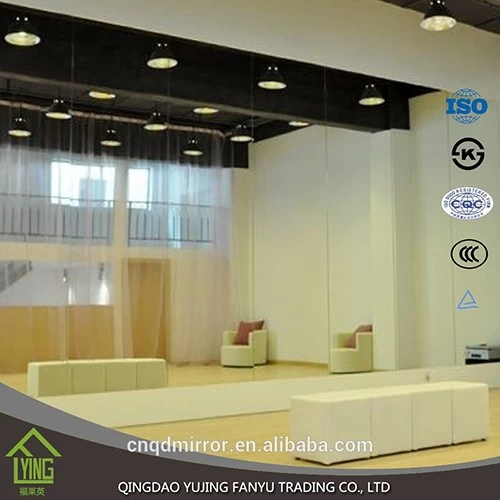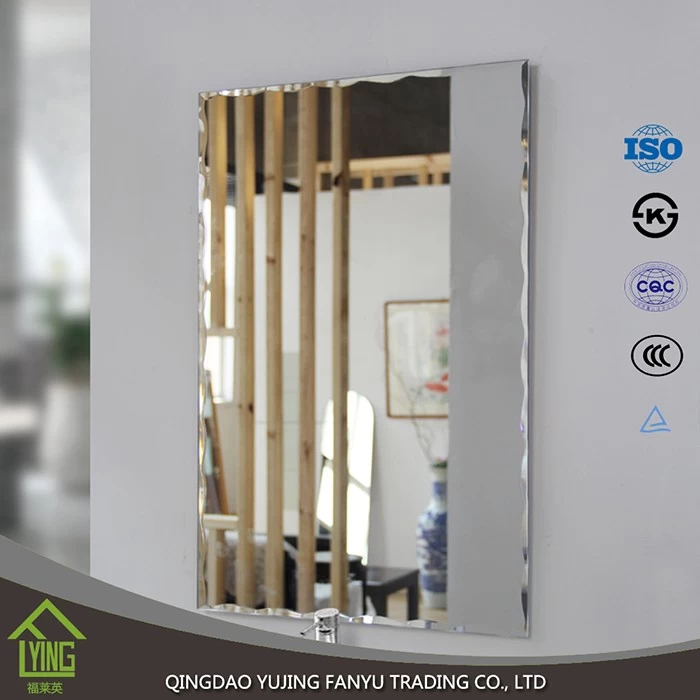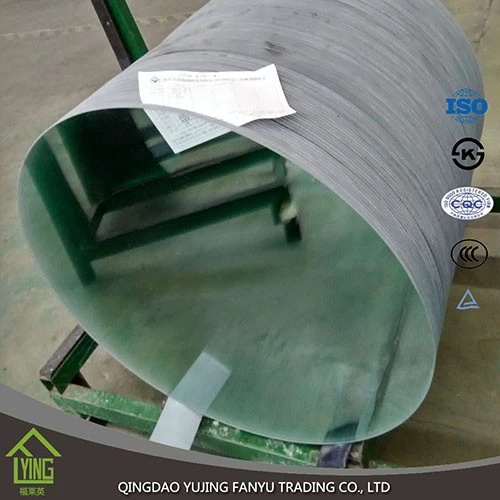What is the principle of soundproof glass and how to choose it?
Fanyu
Www.glass.com.cn
2018-07-27 14:38:27
| The principle of sound insulation made of soundproof glass: Various outdoor sound sources generate vibration and noise, and noise propagates through the air medium. When the noise is transmitted to the soundproof glass doors and windows, the sound is attenuated by the soundproof glass. Especially when the noise passes through the soundproof damping rubber, the intermediate frequency noise and the high frequency noise are The sound-absorbing damping rubber absorbs, twists, absorbs and attenuates, and can effectively filter medium and high-frequency noise. The noise entering the room is only about 5%. According to the level of external noise, we use our different soundproof glass combination schemes to achieve the national quiet standard (class 0 noise standard). In a large number of practical installation applications, different degrees of outdoor noise can be measured, analyzed and judged by professionals, and the appropriate sound insulation combined solution can reach below 40 decibels, and some areas can even reach 30-33 decibels. The basement of the villa area is generally 28-32 decibels. How to choose soundproof glass: 1. Sound insulationglassArea size: The larger the window glass area, the more sound is transmitted through the window glass. The larger the sound insulation effect of the window, the more difficult it is. Under the same conditions, the smaller the window area, the better the sound insulation effect, and the quieter the interior. 2. The distance between the sound-proof glass and the sound source: The farther the window is from the noise source, the greater the noise level is reduced, and the faster the noise is, the easier it is. High-frequency noise can be rapidly attenuated as the distance is further away or encounters obstacles, and can drop by 6 decibels per 10 meters. The low-frequency noise is declining very slowly, the sound waves are longer, and it is easy to cross obstacles, long-distance strikes and through the wall through the wall. 3, the height of the floor: the higher the floor height, the more the middle and high frequency sounds, the easier the sound insulation and noise reduction; the experimental measurement shows: below 6 layers: low frequency noise, low frequency noise; 6-14 layer: dust Larger, medium noise, medium and high frequency noise, low frequency noise; 14-24 layers: medium and high frequency noise, loud sound, low frequency noise; 24 layers or more: noise is gradually attenuated, noise is coming The smaller. |


